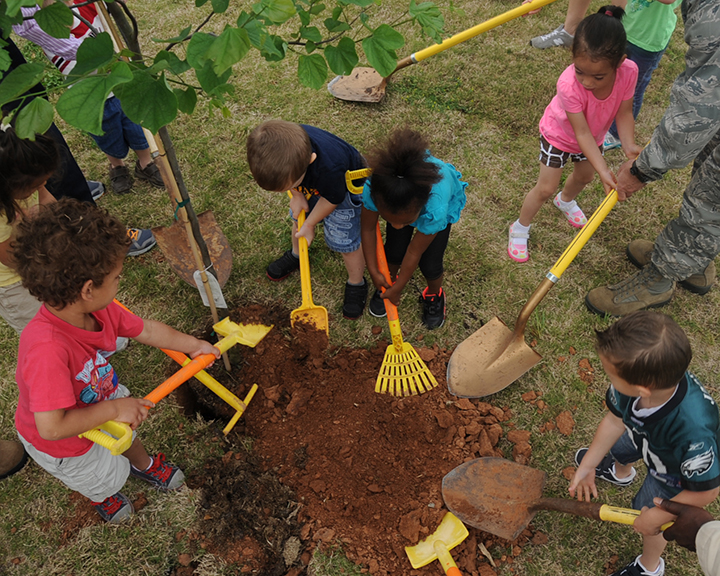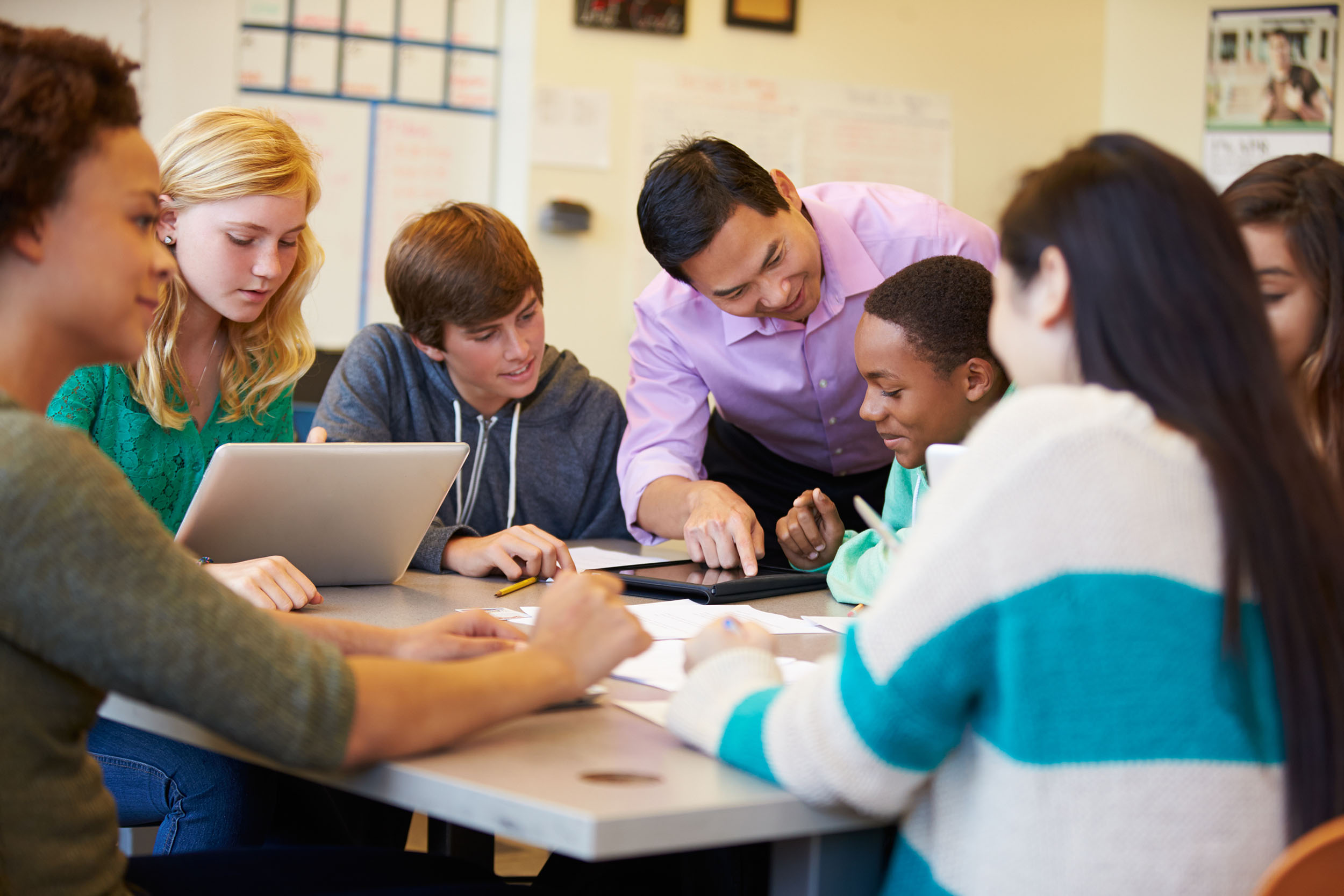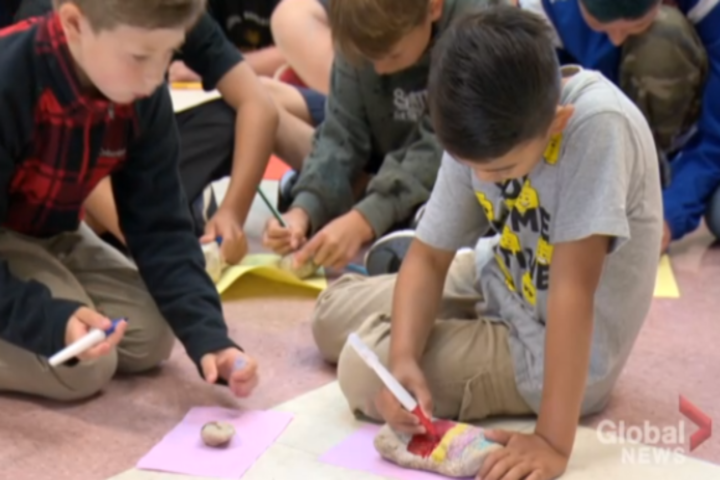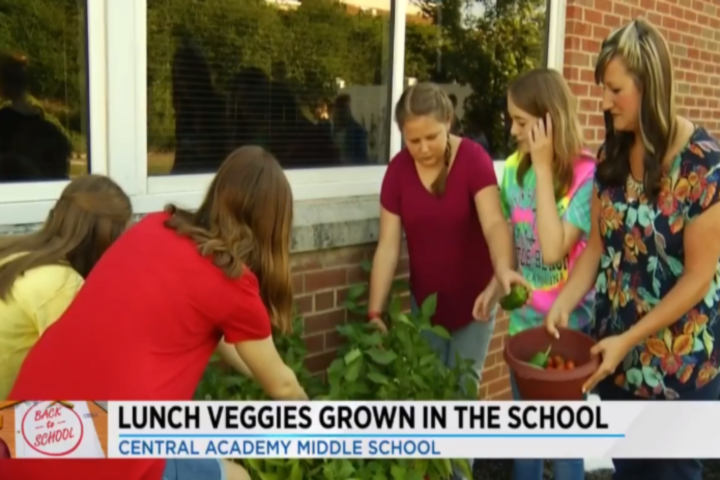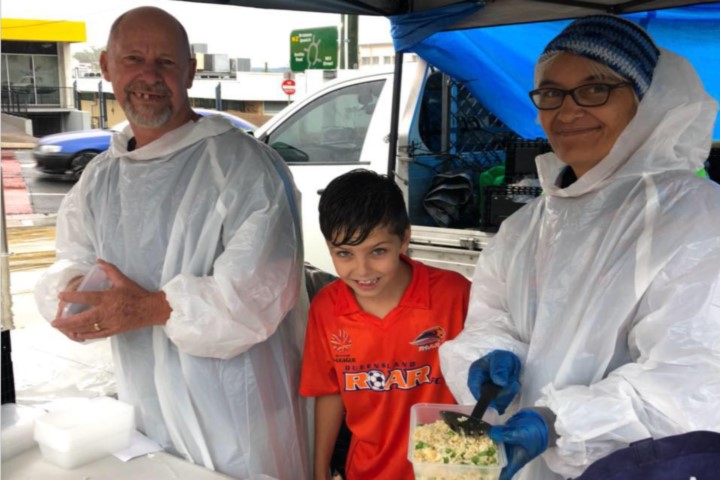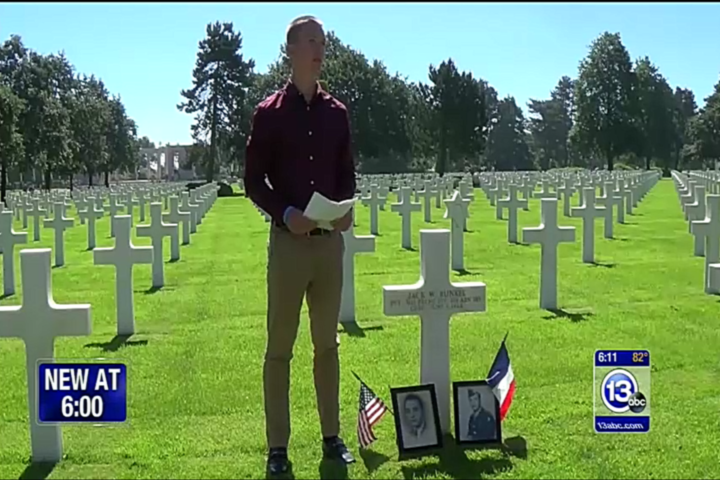Maybe it was the four-hour ceremony in the suffocating heat, complete with black robes. Or maybe it was just the glorious impossibility of the announcement. Whatever the reason, it took a few beats for the news to sink in. But when it did, the crowd went crazy.
Morehouse College graduates and their families will not soon forget the generosity of Robert F. Smith, the billionaire commencement speaker who on May 19 pledged to repay all their student loans. And watching them express their thanks is almost as moving as the announcement itself.
Morehouse graduate Aaron Mitchom had calculated that it would take him 25 years to settle his $200,000 debt if he steadily paid half his monthly salary. He admitted he had trouble comprehending Smith’s words at first.
“Probably after a good 30 seconds, tears just rolled down from my eyes, and I’m like, ‘Wait, I’m debt free. I’m debt free!’” he recalled. “And I just stood on top of my chair and said, ‘Thank you God, I am debt free!’”
Overwhelming thankfulness was a common theme among the Morehouse graduates as they reflected on the gift they had been given.
“In that moment, we really realized that this thing we had dreaded for so long was no longer a part of our lives,” said Peter Wilborn, another Morehouse graduate. “I am beyond appreciative to Robert F. Smith.”
This attitude was shared by the school leadership. David Thomas, the president of Morehouse College, said he had no idea Smith was going to bestow such a gift. He said his reaction was “amazement, great gratitude to Mr. Smith, and joy for my students.”
Such appreciation and gratitude aren’t surprising, but they’re a moving reminder that communicating thankfulness is important. Syracuse Professor of Philosophy and Political Science Laurence Thomas, writing in The Hedgehog Review, says that “gratitude is the most basic sentiment of interpersonal interaction.”
Thomas makes the claim for several reasons. In his Hedgehog article, “Gratitude and Social Equality,” he writes that gratitude is “an affirmation that the other has correctly grasped the character of one’s moral situation;” that is, gratitude confirms to the giver that they indeed understood the recipient’s situation and their actions hit the mark. Gratitude also “acknowledges the moral parity of the other [the giver];” it puts the giver and the recipient on equal footing. This is why someone failing to express gratitude can seem arrogant.
Thomas also writes that “expressing gratitude is a willingness to keep a person’s moral record straight.” It confirms not only the equality of the giver and the recipient but also the truth of the objective narrative that one person was in need and another person acted on their behalf. And on the contrary, “in not expressing gratitude, the person is distorting the moral record at the other’s expense.”
Finally, gratitude acts like a mirror. We want to be good people, and hopefully, we strive to be so. But the gratitude of others confirms this. In Thomas’s words:
It is important to have evidence that our lives are true to our aspirations to be morally decent individuals. There is a very important respect in which we cannot have this evidence in the absence of how others react to our behavior. Barring a very perverse world, if we generally aim to be kind, say, then the responses of others should reflect just this fact about us. We need others to stand as moral mirrors concerning the nature of our motives; we need the moral affirmation that only others can provide, if we are to have a clear sense of the extent to which we are measuring up to our moral aspirations.
In other words, when we offer the gift of thanks, we affirm the moral aspirations of others. We assure them that they are seen, not invisible, and that their generosity and selflessness are true.
Teachers are in this unique position with students every day. Without a doubt, kids owe huge debts of gratitude to their instructors, their parents, and their communities. But they aren’t always great at remembering to express it, especially with summer vacation around the corner. Helping them learn to give the gift of gratitude—even by modeling gratitude and thereby affirming their own records of goodness—can reap rewards not just for you, but for the hundreds of people they’ll touch later in life, whether at a commencement or at a parent-teacher meeting.

